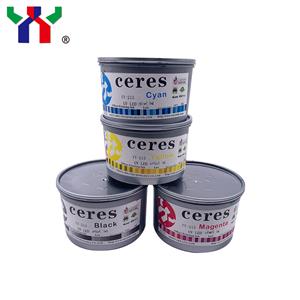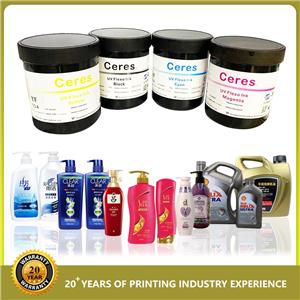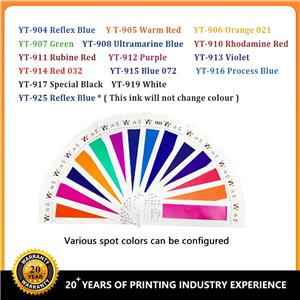Key points of using offset printing fountain solution
1.How to prepare fountain solution before printing
The preparation of the fountain solution before printing mainly refers to the setting and preparation of the pH value, the content of the original solution (alcohol or syrup), temperature, conductivity and other parameters of the fountain solution in accordance with the requirements of the production process and product.
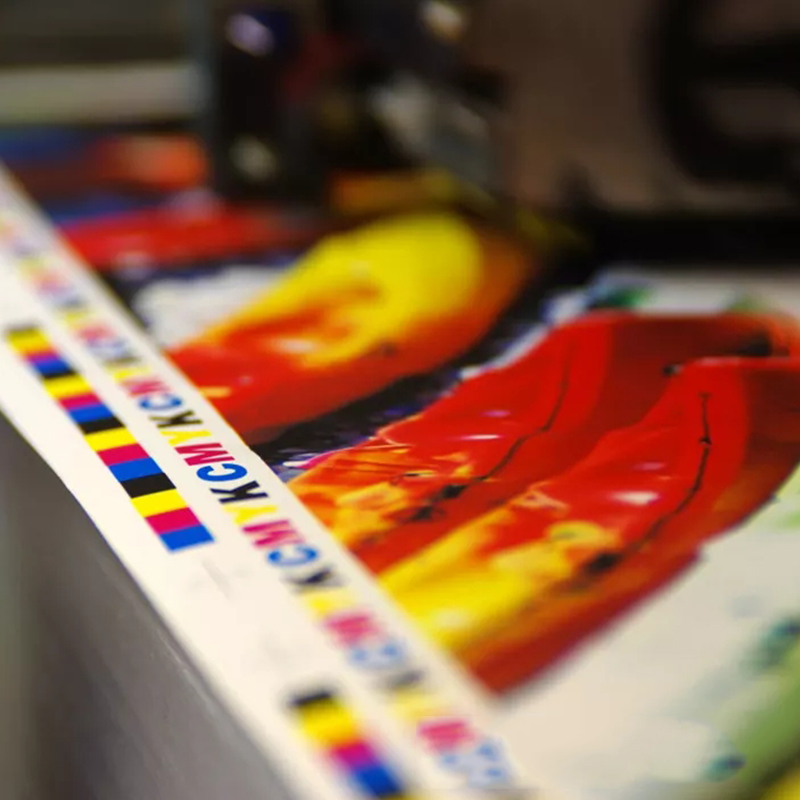
The purpose of using fountain solution for water offset printing is:
(1) A water film that repels ink is formed in the blank part of the printing plate to resist the expansion of the ink on the graphic to the blank part to prevent the dirty plate.
(2) Add the damaged hydrophilic layer during printing to maintain the hydrophilicity of the blank part.
(3) Lower the temperature of the surface of the printing plate.
The main function of the fountain solution is to wet the blank part of the printing plate and generate a metal oxide or hydrophilic salt layer. A barrier is established between the blank part and the ink so that the ink does not stain the blank part of the printing plate. For this reason, the choice of fountain solution must be a weak acid medium.
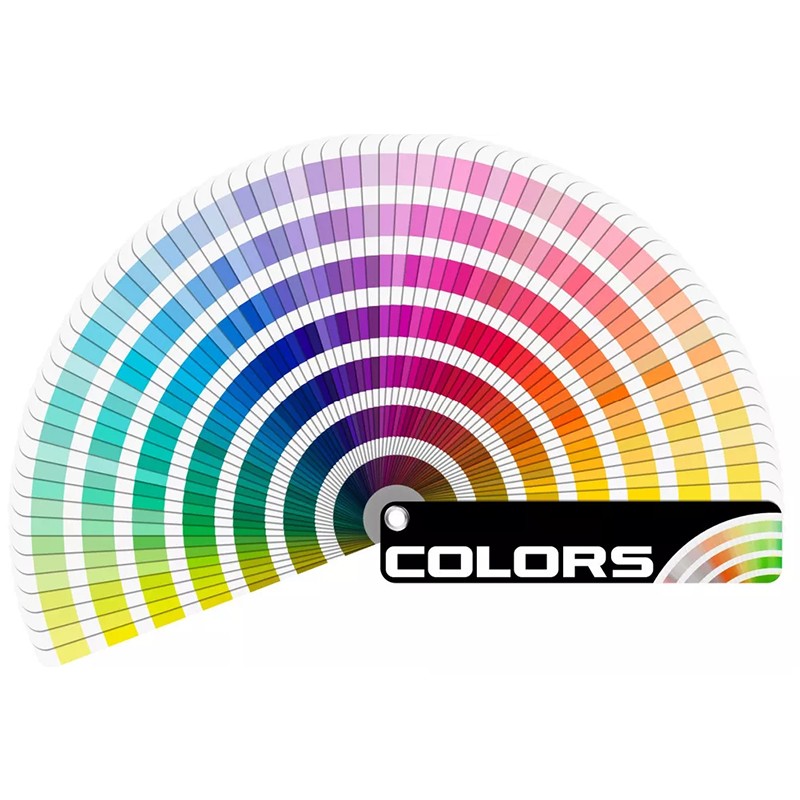
2.What are the consequences of improper pH of fountain solution?
If the pH value of the fountain solution is too low (too strong acid), it will cause serious corrosion of the plate base and slow drying of the ink. This is because the fountain solution is a weak acid medium. In this weak acid medium, the plate base will be slightly corroded and a hydrophilic salt layer will be formed. If the acidity increases and the PH value drops too fast, the blank part of the printing plate will be deeply corroded, causing blisters to appear in the blank part of the printing plate, and a strong hydrophilic salt layer cannot be formed. There is a certain amount of drier (drying oil) in the ink. When the PH value of the fountain solution is too low, it will react with the desiccant of the metal salt and change the drying time of the ink.
If the pH value of the fountain solution is too high (towards alkaline), it will dissolve the diazonium compound in the graphic part of the photodecomposable PS plate, causing the image of the printing plate to be imperfect, the printing quality is reduced, and the emulsification of the ink is caused.
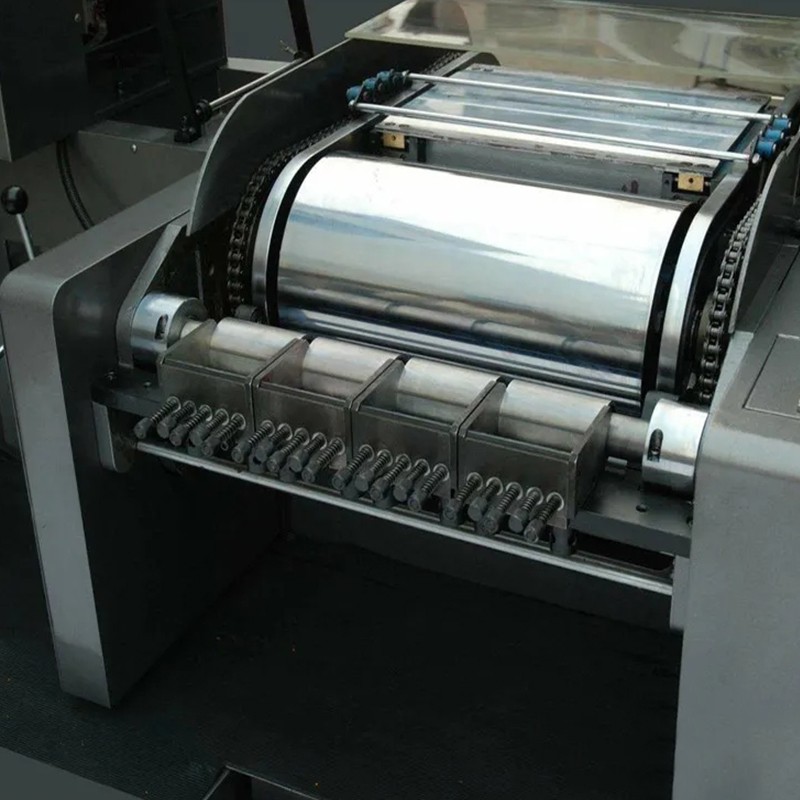
3.How to grasp the use of wetting fluid in actual production?
In the actual production process, the use of fountain solution should grasp the following points:
(1) Control the acidity of the fountain solution according to different conditions. Because lithographic printing basically uses PS plates nowadays, for PS plates, the pH value of the fountain solution is controlled at about 5.
(2) Control the amount of fountain solution according to different process conditions. The amount of fountain solution should be controlled according to the product image, ink color and paper condition to ensure printing quality. Under the premise of normal printing production process, minimize the amount of fountain solution.
(3) According to related factors such as ink and printing plate, reasonable control and correct use of fountain solution. For inks that are more viscous and contain more dry oil, and the image of the printing plate needs to thicken the ink layer, generally the acidity of the fountain solution can be appropriately increased, but the acidity of the fountain solution should also be controlled within the allowable range . Excessive amount of fountain solution will accelerate the emulsification of the ink, cause the paper to absorb moisture and deform, and make the color of the printed matter dull and tarnish.


